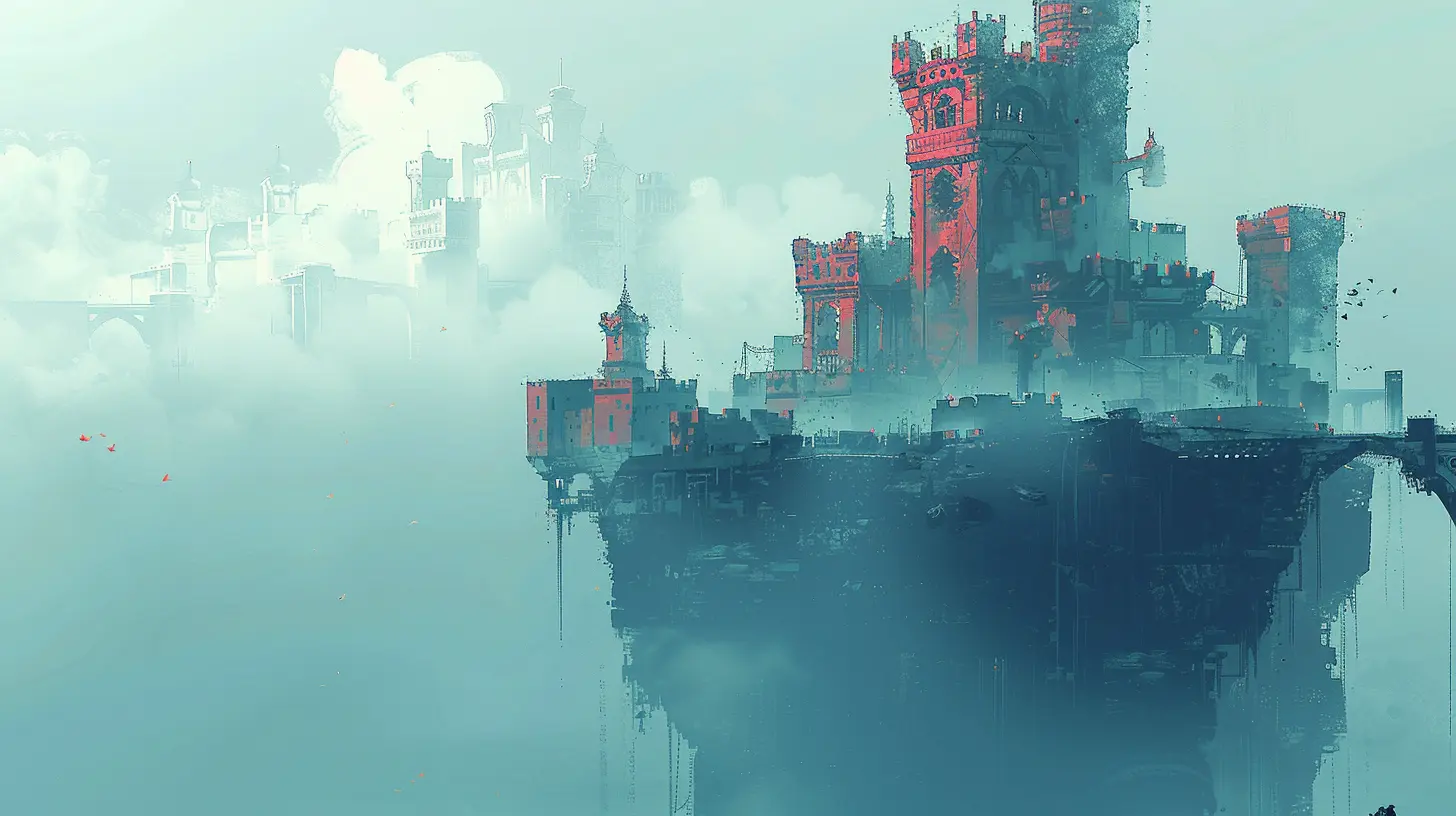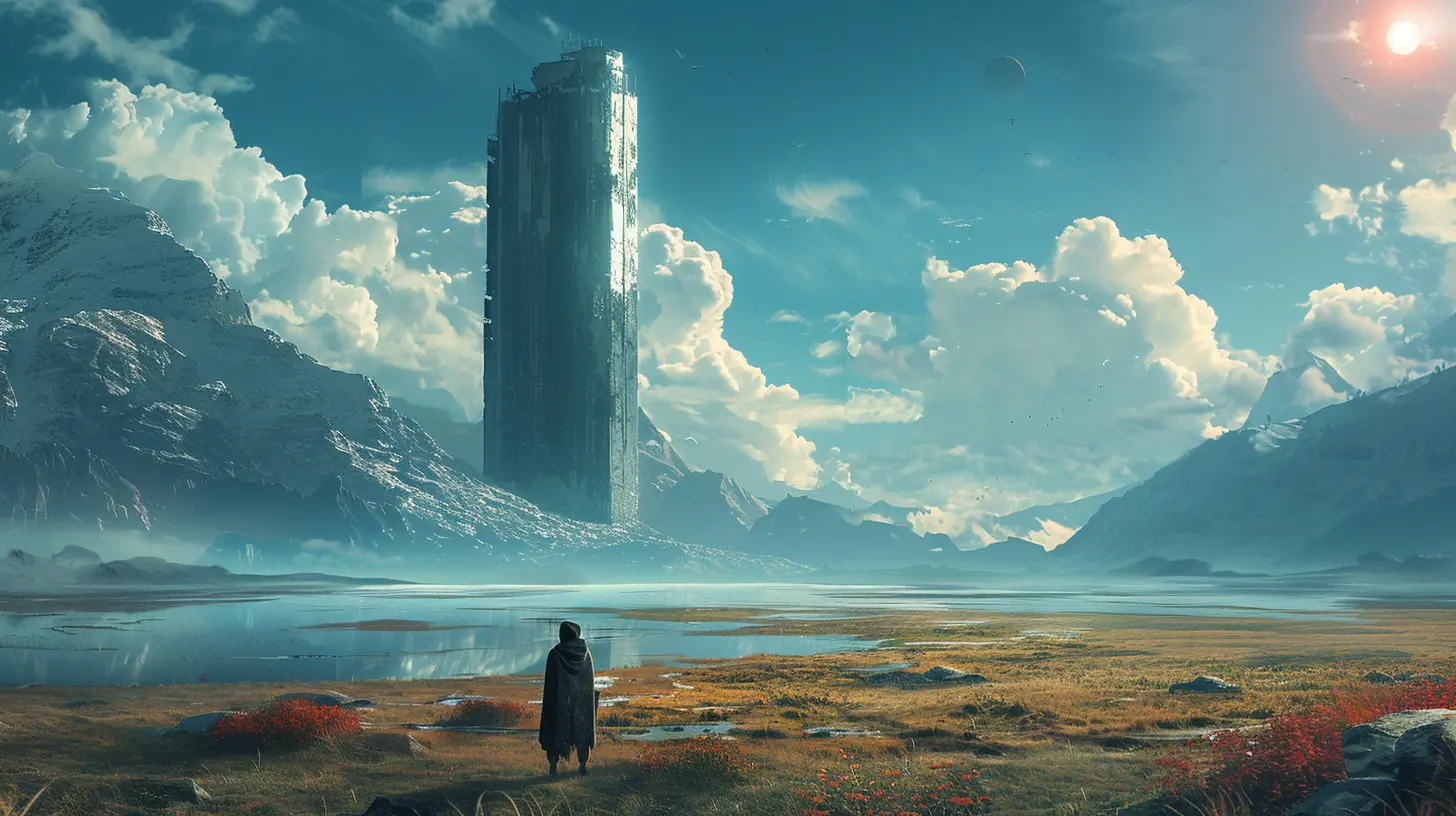Utilizing Player Imagination in Minimalistic World Building
4 November 2025
In the world of game design, there's a growing appreciation for the "less is more" approach. Minimalistic world-building is making its mark, offering players just enough to spark their imagination while leaving room for personal interpretation. It's like handing over the brush and letting them paint the details—simple, yet incredibly profound. But how do you, as a game designer or storyteller, strike the perfect balance between guiding the player and letting them fill in the blanks? Let's unpack this concept and see how embracing player imagination can bring minimalistic worlds to life.
What Is Minimalistic World Building?
Minimalistic world-building is all about creating worlds that focus on simplicity rather than overwhelming detail. It's the practice of stripping down unnecessary elements and giving players the space to engage their own imaginations. Think of it as a skeleton—you provide the bones, and the players add flesh to it.Instead of spoon-feeding every little detail about your world, you leave gaps. And guess what? Players love filling those gaps! Not only does it make the game feel more personal, but it also fosters creativity.
It’s like when you read a book versus watching a movie. A book leaves room for your imagination to breathe. You can picture the characters, hear their voices in your head, and visualize the setting uniquely. That’s the magic that minimalistic world-building taps into.
Why Imagination Matters in Gaming
Let’s face it: our imaginations are wild, crazy, and limitless. We all love creating our versions of a story, even if we don’t realize it. In gaming, where player agency plays a key role, imagination becomes the ultimate canvas.When designers craft a hyper-detailed, fully fleshed-out world, it can sometimes feel static. While it looks impressive, there’s less room for the player’s input. But, when a game gives subtle cues—just enough to guide the player without overwhelming them—their imagination kicks into overdrive. Suddenly, they’re not just "playing" the game; they’re co-creating the world with you.
From a psychological perspective, this buy-in, this sense of contribution, makes the experience memorable and uniquely personal.
The Core Benefits of Minimalistic World Building
Want to know why minimalism works so well? Let’s break it down.1. Player Engagement Goes Through the Roof
When you give players room to participate in the storytelling process, they naturally become more invested. For example, you might describe a mysterious forest as "ancient and echoing with whispers." Instead of explicitly spelling out every detail, leave the rest to their imagination. They’ll wonder: "Who’s whispering? How old is this forest? What secrets does it hide?" These questions hook them.2. Universal Appeal
Minimalistic worlds aren’t bogged down with hyper-specific lore that alienates players. By keeping things broad but intriguing, you cast a wider net. Players from all walks of life can interpret the setting in their own way, making it feel personal and relatable.3. Budget-Friendly Development
Let’s be real—game design is expensive. Fully fleshing out a world with intricate lore, high-fidelity assets, and countless dialogue trees costs time and money. But with minimalistic world-building, you let the players do some of the heavy lifting. By focusing on the essentials, you can save resources without sacrificing quality.4. Fosters Replayability
When the story and world rely on the player’s imagination, every playthrough will feel different. Players might notice new details, form alternative theories, or roleplay in unique ways based on their interpretations. It’s a gift that keeps on giving.
Tactics for Utilizing Player Imagination
Here’s the million-dollar question: how do you actually use player imagination effectively in your games? It’s not as easy as just "leaving things out." The gaps you leave behind need to be intentional. Let’s look at a few tried-and-tested techniques:1. The Power of Suggestion
Instead of giving direct answers, hint at possibilities. Imagine you’re designing a post-apocalyptic world. Instead of outright saying, "This is what destroyed humanity," you could drop subtle clues: a faded newspaper headline, graffiti that hints at rebellion, or a cryptic message on a cracked radio. Players will piece the puzzle together themselves and—here’s the kicker—they’ll love doing it.2. Ambiguity in Characters
Not every character needs a deep, detailed backstory. Sometimes, the less you know about a character, the more compelling they become. Think of characters like the nameless hero in Journey or even G-Man from Half-Life. Their mystery becomes their charm, and players love theorizing about them.3. Visual Minimalism
Visual cues can be just as powerful as narrative ones. A ruined city overtaken by nature tells volumes without a single word. Players will instinctively question, “What happened here?” By keeping visuals open-ended yet evocative, you invite them to build their own stories around the setting.4. Player-Driven Choices
Offer players decisions that shape how they view the world. Not necessarily choices with clear right or wrong answers, but those that challenge their assumptions. For example, if they choose to spare a seemingly evil NPC, maybe that NPC later helps or betrays them. These choices create dynamic narratives that feel personal, even if the game’s world remains minimalistic.5. Sound and Music
Audio can evoke imagination in subtle yet deeply powerful ways. A faint, distant melody or unsettling silence can make players feel emotions they can’t quite explain. They’ll start imagining the why’s and what’s: “Why is everything so quiet?” “What does this melody signify?” Sound becomes the invisible storyteller.6. The Rule of Three
Here’s a nifty design tip: focus on three key elements. For example, if your world revolves around a forgotten kingdom, you could focus on its ruined architecture, ancient legends, and surviving relics. These three components set the stage without overwhelming players, ensuring each one can ignite their imagination.Best Examples of Minimalistic World Building in Games
If you’re still on the fence about how effective this approach can be, let’s look at games that nailed minimalistic world-building:1. Dark Souls Series
FromSoftware’s masterpiece thrives on cryptic lore and environmental storytelling. Most of its world-building comes from item descriptions, enigmatic NPCs, and its hauntingly detailed locations. Players are left to unravel the story themselves—a process that has created an entire subculture of lore hunters.2. Journey
In Journey, you’re a robed figure trekking through a vast desert, guided by nothing but occasional glyphs and stunning visuals. The minimalistic design leaves much to interpretation, making the emotional connection deeply personal.3. The Legend of Zelda: Breath of the Wild
While Breath of the Wild has a central storyline, much of its world-building is left up to the player. Ancient ruins, scattered journal entries, and forgotten landmarks hint at a once-thriving civilization, but the details are yours to piece together.Striking the Balance: Minimalism vs. Barrenness
Here’s a word of caution: minimalism doesn’t mean making a boring or empty world. There’s a fine line between giving players room to imagine and under-delivering. You still need to provide enough content to spark intrigue. Think of minimalistic world-building like seasoning a dish—you want just enough to enhance the flavor, not too much to overpower it or too little to leave it bland.So, how do you know if you’ve struck the right balance? Playtest, playtest, playtest. See how players react. Are they coming up with their own theories and interpretations? Or are they confused and disengaged? Their feedback will tell you everything.
Wrapping It Up: Trust Your Players
At its core, minimalistic world-building is an act of trust. You’re placing the creative reins in the hands of your players, allowing them to co-create the experience with you. And sure, it can feel like a leap of faith, but the rewards are worth it. By leaving room for imagination, you’re crafting worlds that are more engaging, more personal, and, frankly, more memorable.So, the next time you sit down to design a game or map out a story, ask yourself: what can I leave unsaid? Odds are, the less you say, the more your players will have to say themselves. And that’s something no fully fleshed-out world can ever compete with.
all images in this post were generated using AI tools
Category:
World BuildingAuthor:

Emery Larsen
Discussion
rate this article
1 comments
Sienna Price
This article brilliantly highlights how minimalistic world-building empowers players' creativity, allowing them to fill in gaps with their imagination. It’s a refreshing take on storytelling, proving less can indeed be more in immersive gaming experiences.
November 7, 2025 at 4:03 AM

Emery Larsen
Thank you for your thoughtful comment! I'm glad you found the article resonates with the power of player creativity in minimalistic world-building.


